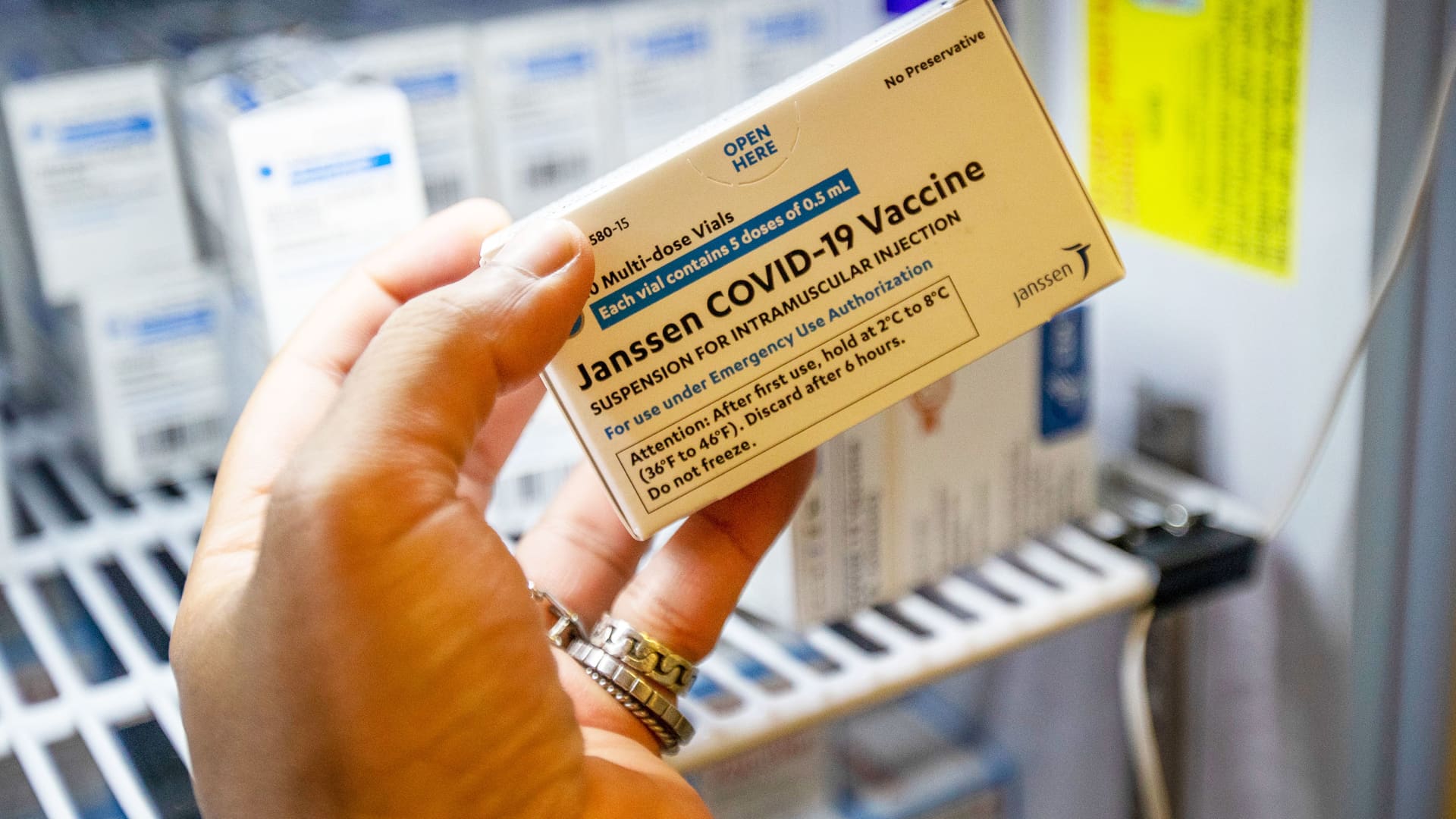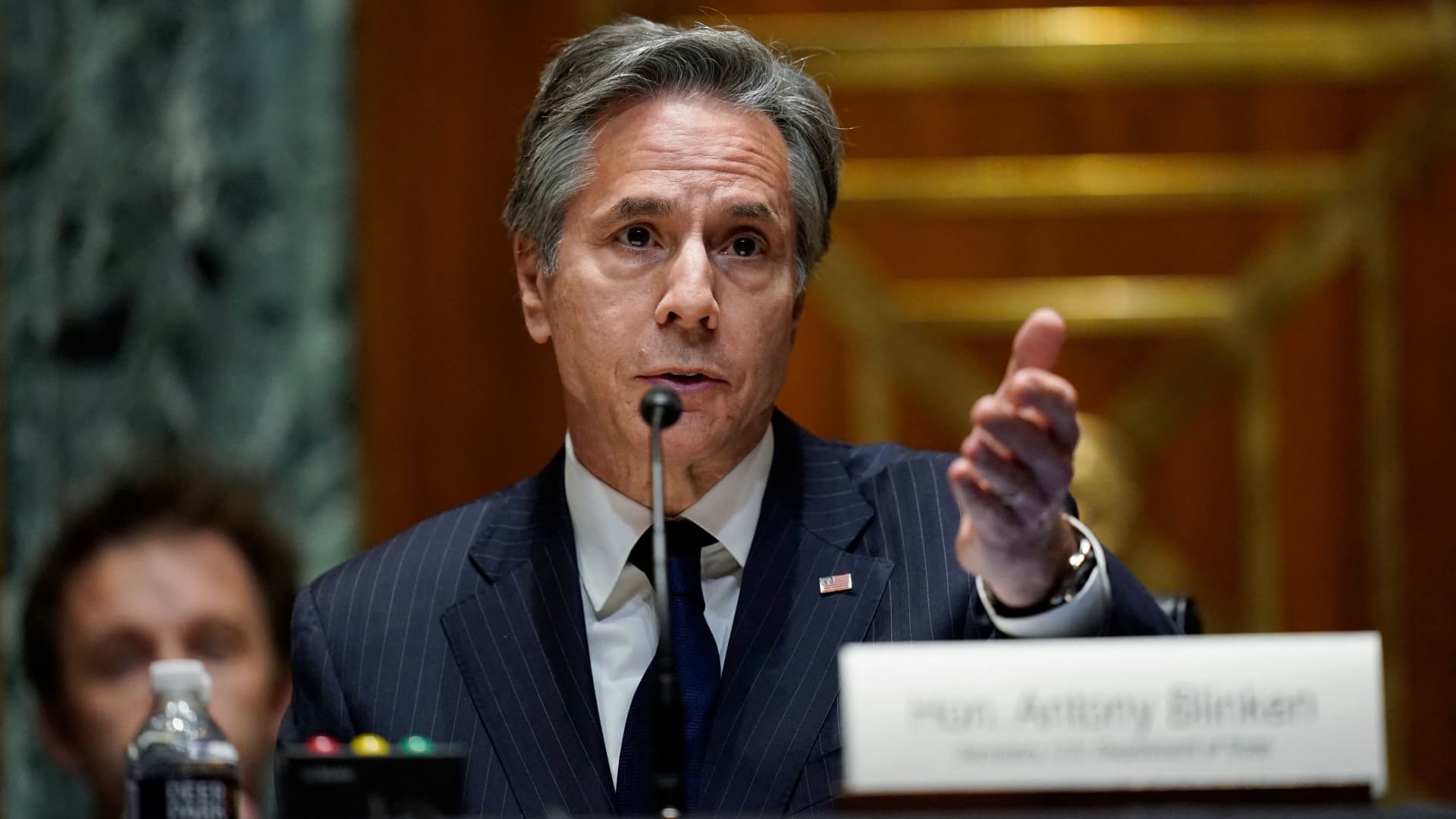JRP3
Hyperactive Member
Worldometers had the US over 1 mil a while ago, showing 1.02 mil today.
You can install our site as a web app on your iOS device by utilizing the Add to Home Screen feature in Safari. Please see this thread for more details on this.
Note: This feature may not be available in some browsers.
...
We should remember the COVID cranks at this time, who said it could never happen


 www.cnn.com
www.cnn.com

I don't understand why they didn't do this back in April 2020. The J&J vaccine was clearly less safe and less effective back then and the mRNA vaccines were widely available at that point.https://www.washingtonpost.com/heal...9.SIh81zyTZ4homjk_5pCirH4Foi-KyNSN0vio9B2iG6M has more details.
FDA limits use of J&J's Covid-19 vaccine for adults
FDA said on Thursday it was limiting the use of Johnson & Johnson's Covid-19 vaccine for adultswww.cnbc.com

Journalists from multiple news outlets test positive after White House Correspondents Dinner weekend
Trevor Noah joked about the event becoming a superspreader — and now the cases are rolling in.www.cnn.com

U.S. Secretary of State Blinken tests positive for Covid, has mild symptoms
Secretary of State Antony Blinken had not seen President Joe Biden in person for several days before testing positive for the coronavirus.www.cnbc.com


 www.pewtrusts.org
www.pewtrusts.org
2021! Very bizarre that they were pushing this vaccine at all after the significant side effects became obvious (and I think they may have been predicted even before they happened due to AZ similarities).2020

School Closures During Social Lockdown and Health and Well-being of Children and Adolescents During COVID-19
This systematic review assesses published reports on the associations of COVID-19 school closures during broader social lockdown measures and mental health, health behaviors, and well-being among children and adolescents.jamanetwork.com

COVID Harmed Kids' Mental Health—And Schools Are Feeling It • Stateline
After more than 18 months of school closures and social isolation, the nation’s more than 50 million public school children are mostly back at their desks. But two months into the fall semester, teachers and students already are saying they need a break. The grief, anxiety and depression...www.pewtrusts.org
I think the apparent decline is mostly states like FL reporting on an epi curve basis. 7 day average was well below 300 on Sun/Mon but those days are now showing 330-340. I thought we'd challenge last summer's all time low of ~250/day, but it looks like 330 is the trough.Meanwhile, deaths continue to drop, as expected (slight tick up yesterday, but I expect that to be temporary).
I think the apparent decline is mostly states like FL reporting on an epi curve basis. 7 day average was well below 300 on Sun/Mon but those days are now showing 330-340. I thought we'd challenge last summer's all time low of ~250/day, but it looks like 330 is the trough.
Hospitalizations have been rising for a few weeks. Cases in early-hit NY looked like they were rolling over a couple weeks ago, but have resumed their climb.
I hope we don't see something similar from the Shanghai factory.
Yes, I also gave a lot of weight to those low ICU numbers. The January peaks in 2021 and 2022 had similar ICU count vs deaths/day ratios, so why would the relationship break down a few months later?Yes, entirely possible. It's interesting, because ICU numbers are far lower than they were at last summer's low, about half the number (though they are now increasing), which makes it a little confusing (and the main reason why I thought we might still go lower). You'd think if ICU numbers are half of what they were last summer you'd see lower deaths in future. However, it's not the same situation; classification criteria may have changed, etc. Maybe the people dying these days just go more or less straight to the morgue. Or the ICU numbers are wrong (also possible).
I'm still hoping that we're seeing the long tail of death reports from January-March (and hangers-on from that wave; pretty common to be hospitalized for a couple months before kicking off), but the increase seems to be sustained, so may be too much to hope for. Certainly the increase seems to be more than a day or two blip at this point. It's just odd that it's not really very well correlated with ICU census.
Yes, I also gave a lot of weight to those low ICU numbers. The January peaks in 2021 and 2022 had similar ICU count vs deaths/day ratios, so why would the relationship break down a few months later?
Maybe it's just a very long tail, as you say. ICU held pretty steady for almost 2 months starting mid-March of 2021, yet deaths dropped from ~1000 to ~600/day. That doesn't fit with a fixed one week lag time or even a simple normal distribution.
That is true, and our experience nationally. Cautiously optimistic for at least the near future. We do have some breathing room, so to speak.More recent strains are less severe. At least my neighbors (hospitalists that work in the ICU) are telling me that the patients they are seeing now:
1) don't need to go to the ICU as often
2) have higher survival rates when they do have to go to the ICU (and treatments have not changed in the past 2-3 months)
I haven’t yet read this study myself, but it was discussed on the latest TWIV clinical update podcast.More recent strains are less severe. At least my neighbors (hospitalists that work in the ICU) are telling me that the patients they are seeing now:
1) don't need to go to the ICU as often
2) have higher survival rates when they do have to go to the ICU (and treatments have not changed in the past 2-3 months)
Although the unadjusted rates of hospital admission and mortality appeared to be higher in previous waves compared to the Omicron period, after adjusting for confounders including various demographics, Charlson comorbidity index scores, and vaccination status (and holding the healthcare utilization constant), we found that the risks of hospitalization and mortality were nearly identical between periods. Our analysis suggests that the intrinsic severity of the Omicron variant may be as severe as previous variants.


